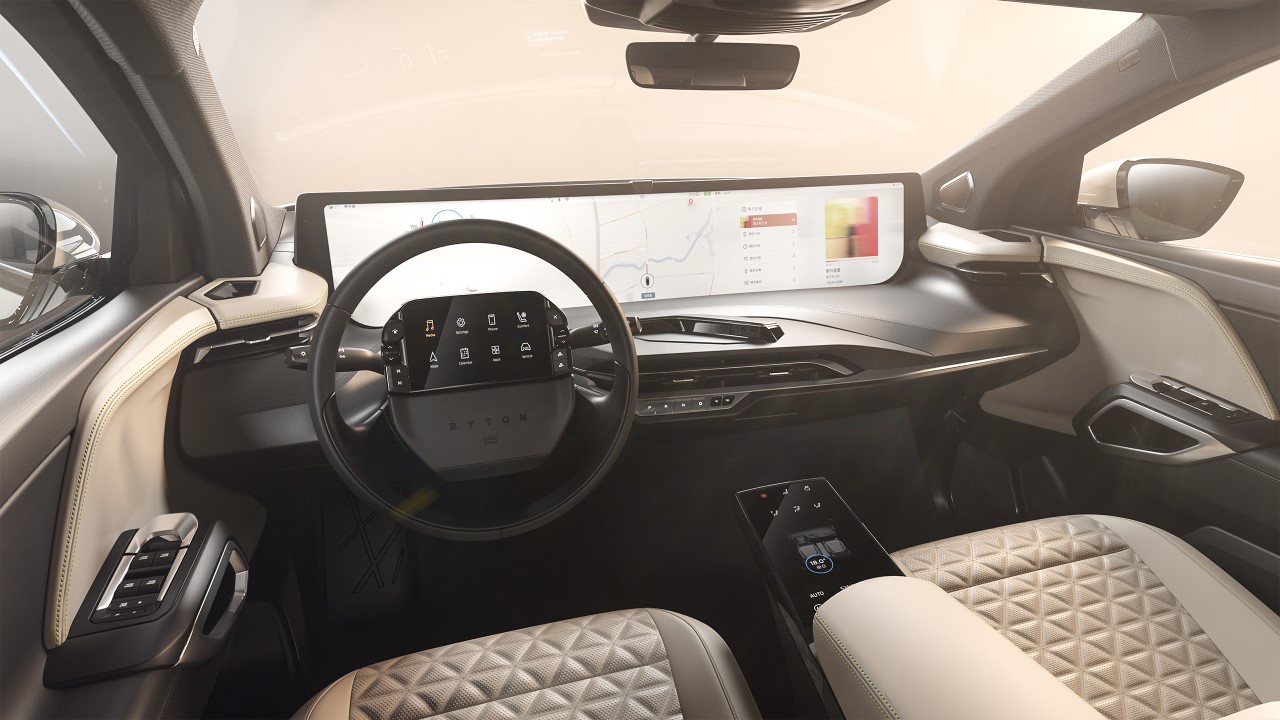
You might have heard of premium Chinese electric car start-up Byton already. It’s released two well-received concept cars in the last 18 months – the M-Byte SUV and K-Byte sedan – but its first production EV with a genuinely game-changing 48-inch full-width infotainment screen will receive its global unveil in September 2019.
The first Byton car will be the M-Byte, an electric, mid-sized SUV that should sit between a Jaguar I-Pace and Audi e-tron in length, be offered in rear- or all-wheel drive and offer either 400 or 520km of range. Starting from $45,000, the huge 48-inch screen will be standard on all models. Chinese customers get the car first in late 2019, followed by the US within 12 months and consideration for Europe after that. Under the guidance of ex-BMW i designer Benoît Jacob, the new car company with design studios in Munich and now Shanghai aims to offer new levels of interface usability and digital sophistication beyond current frontrunners Tesla and Mercedes, so we took the opportunity to have a chat with senior VP of design Jacob just ahead of the official opening of the firm’s new Shanghai design studio last week.
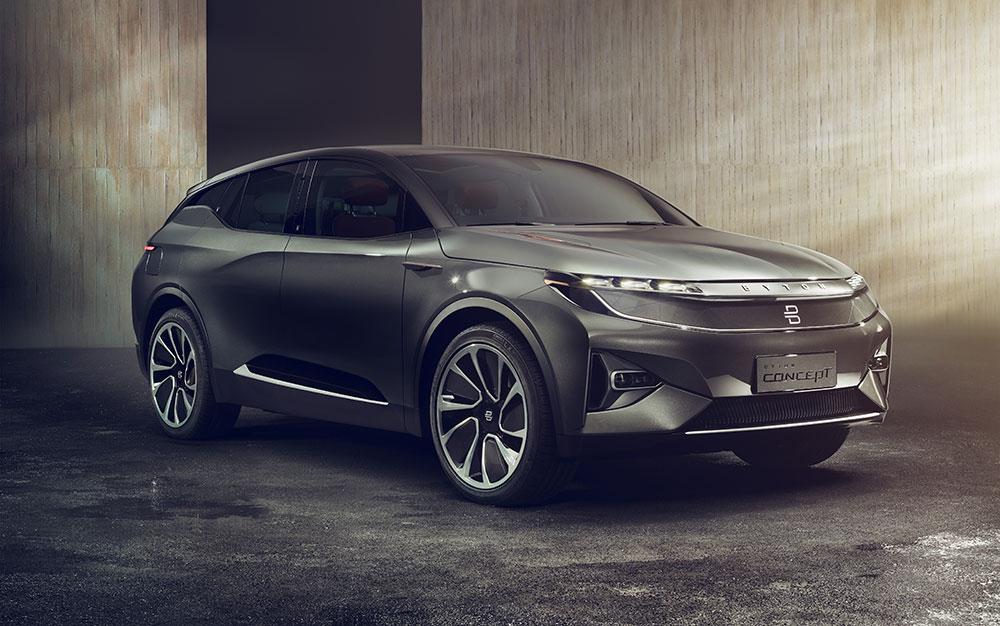
Wallpaper*: Why are you so excited by this big new screen?
Benoît Jacob: The idea of a very large screen is not new – it’s been on concept cars for years – but what is new is that Byton is doing it for real.
W*: How does it work?
BJ: The large screen is what we call a ‘remote device’ and very different from a typical instrument cluster, centre console and instrument panel. It only displays information, you cannot touch the screen directly to interact with it. Instead you use the 7-inch driver tablet [within the steering wheel hub] for navigation and car control and the passenger can do the same [via the 8-inch centre touchpad]. In addition we want to offer voice and gesture control; for some tasks, they can be the most effective.
RELATED STORY
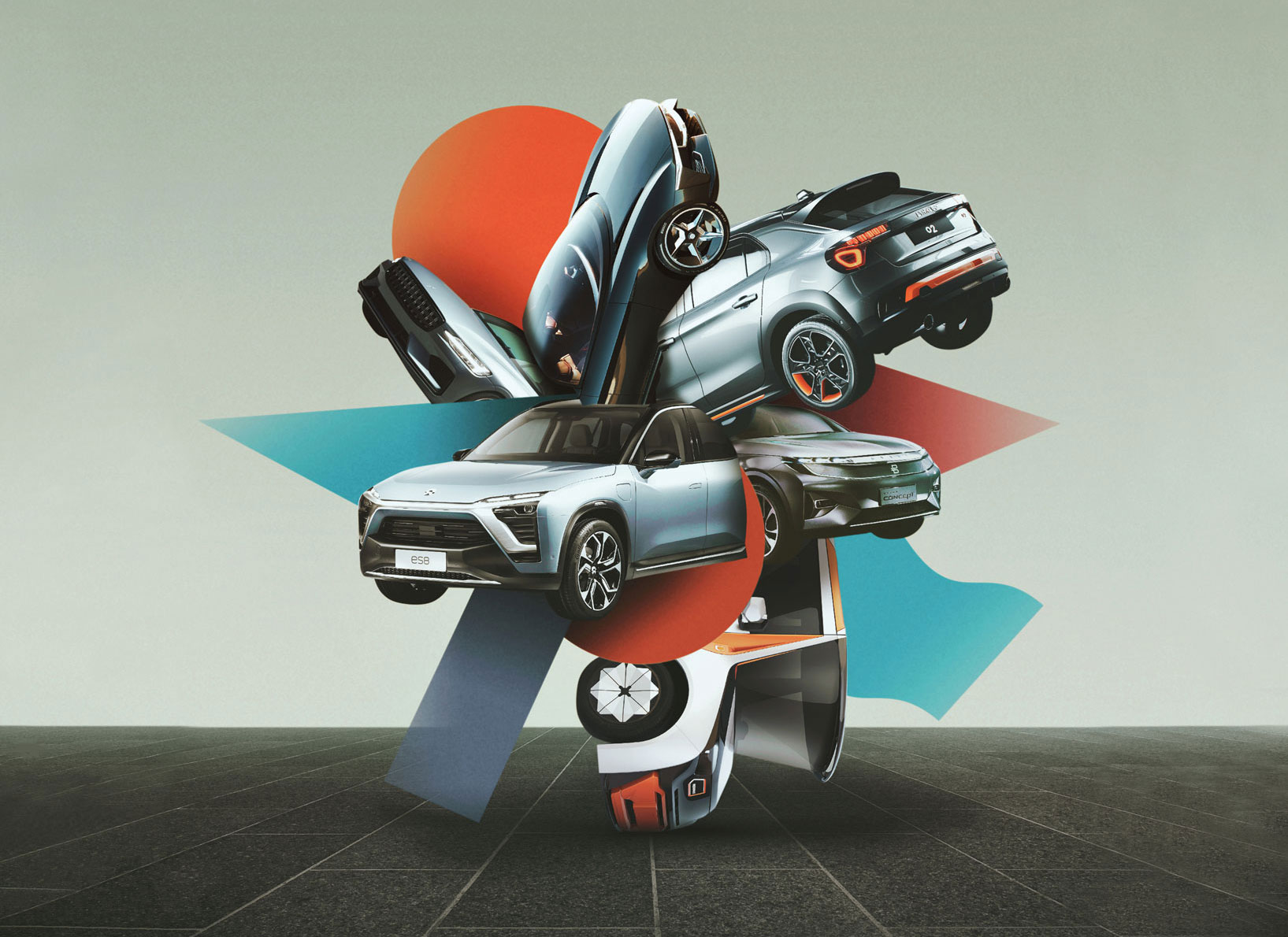
W*: Does the technology offer any future-proofing?
BJ: Now we have a product that can adapt to very different life cycles. The hardware has a relatively long lifestyle – the body, the interior, the parts – but the software has a completely different lifecycle. Our motivation was to create a platform that can rapidly adapt.
W*: What will this adaptability enable?
BJ: At launch the model will have all the necessary functionality but we will also have the opportunity to launch several business models, related to software, apps and stuff like that. The screen is designed to be the platform. We designed this car knowing probably 20 per cent of the use-case, but there’s still another 80 per cent to discover, which app developers or third party businesses will find, to eventually upgrade the car in a regular way.
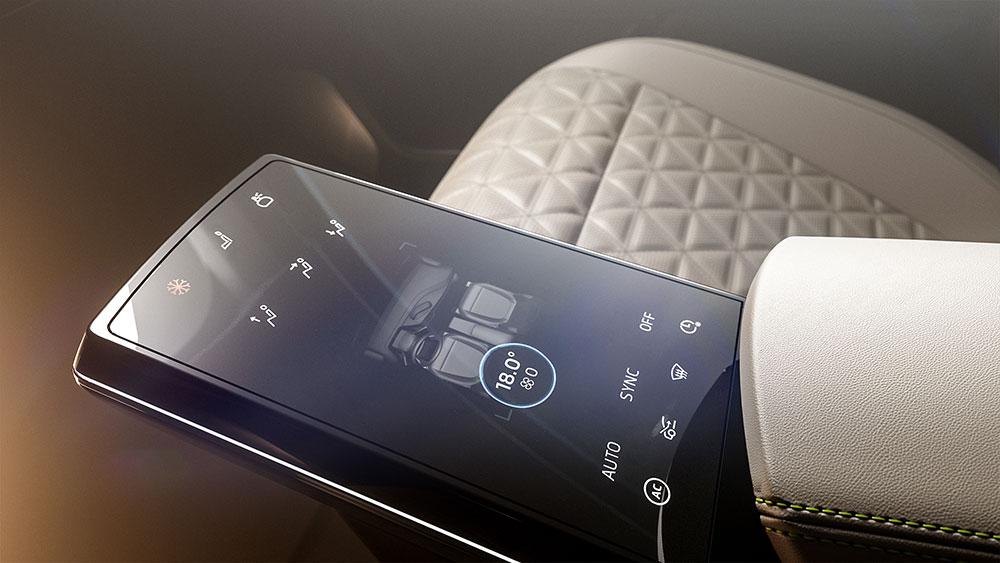
W*: Who will be Byton’s customers?
BJ: In our main market of China, we see strong potential from the ‘digital natives’. The premium customer in China is in their mid-30s, 15-20 years younger than the ones in Europe or the US. There is appeal for more ‘newness’, especially from premium manufacturers and I think we have a meaningful answer to this demand.
W*: If Byton was fashion brand which would it be?
BJ: To be honest I never really thought about it, as to be sustainable is not to be too fashionable. Trends age quickly. Our idea is to have a product that can last and be upgraded. We look at fashion and furniture, but not in this way.
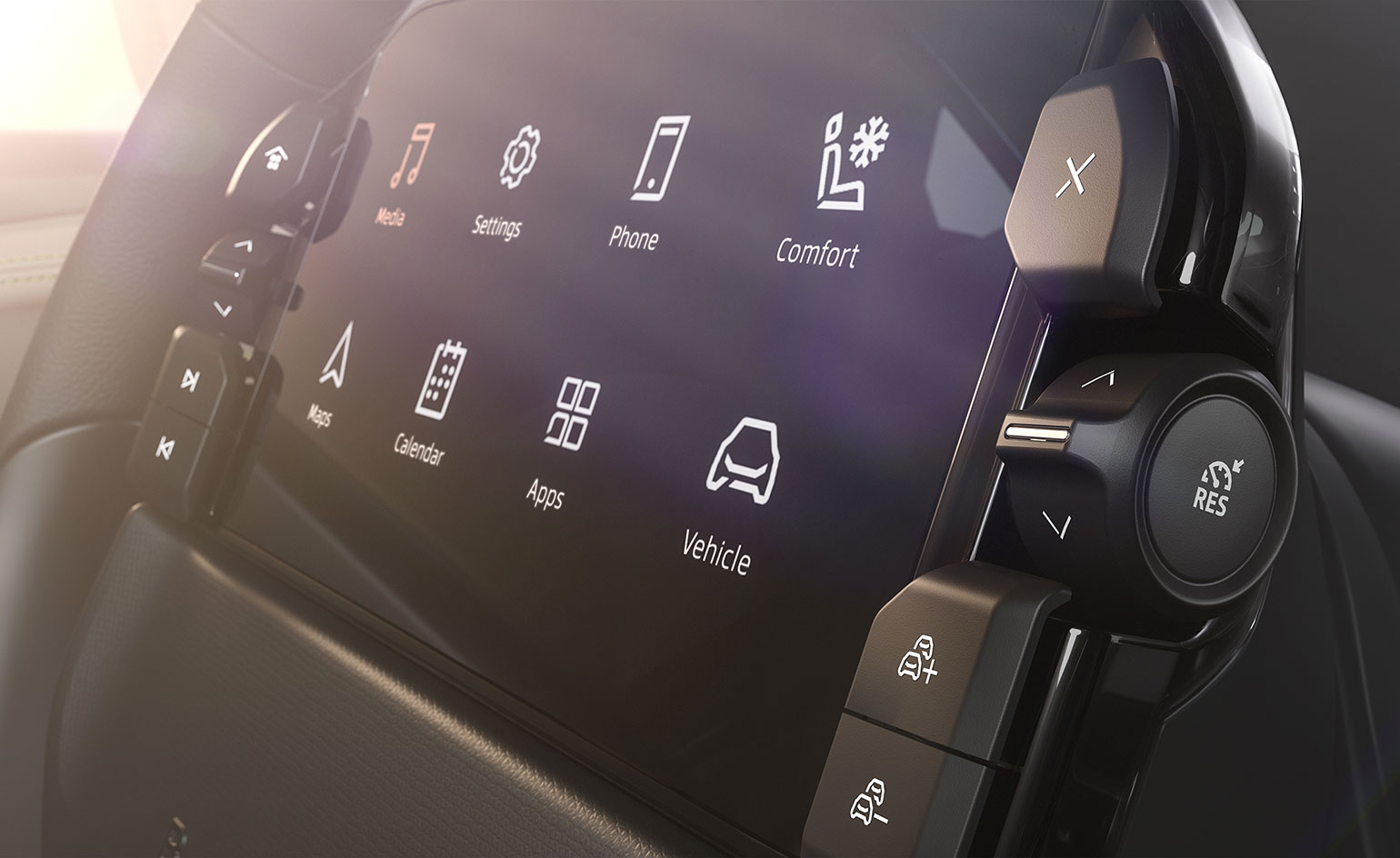
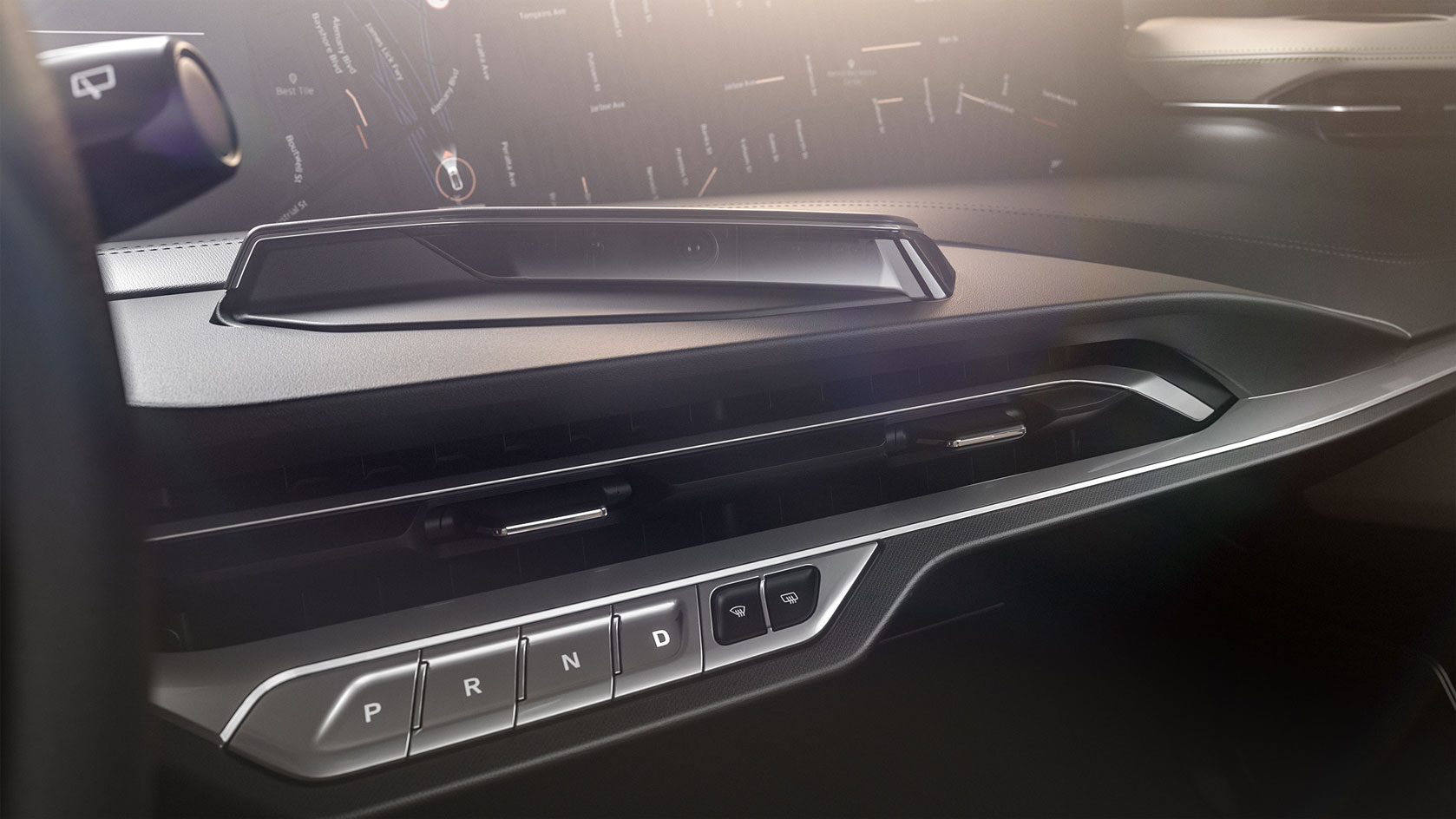
INFORMATION
Receive our daily digest of inspiration, escapism and design stories from around the world direct to your inbox.
Guy Bird is a London-based writer, editor and consultant specialising in cars and car design, but also covers aviation, architecture, street art, sneakers and music. His journalistic experience spans more than 25 years in the UK and global industry. See more at www.guybird.com
-
 Modern masters: the ultimate guide to Keith Haring
Modern masters: the ultimate guide to Keith HaringKeith Haring's bold visual identity brought visibility to the marginalised
-
 Discover a hidden culinary gem in Melbourne
Discover a hidden culinary gem in MelbourneTucked away in a central Melbourne park, wunderkind chef Hugh Allen’s first solo restaurant, Yiaga, takes diners on a journey of discovery
-
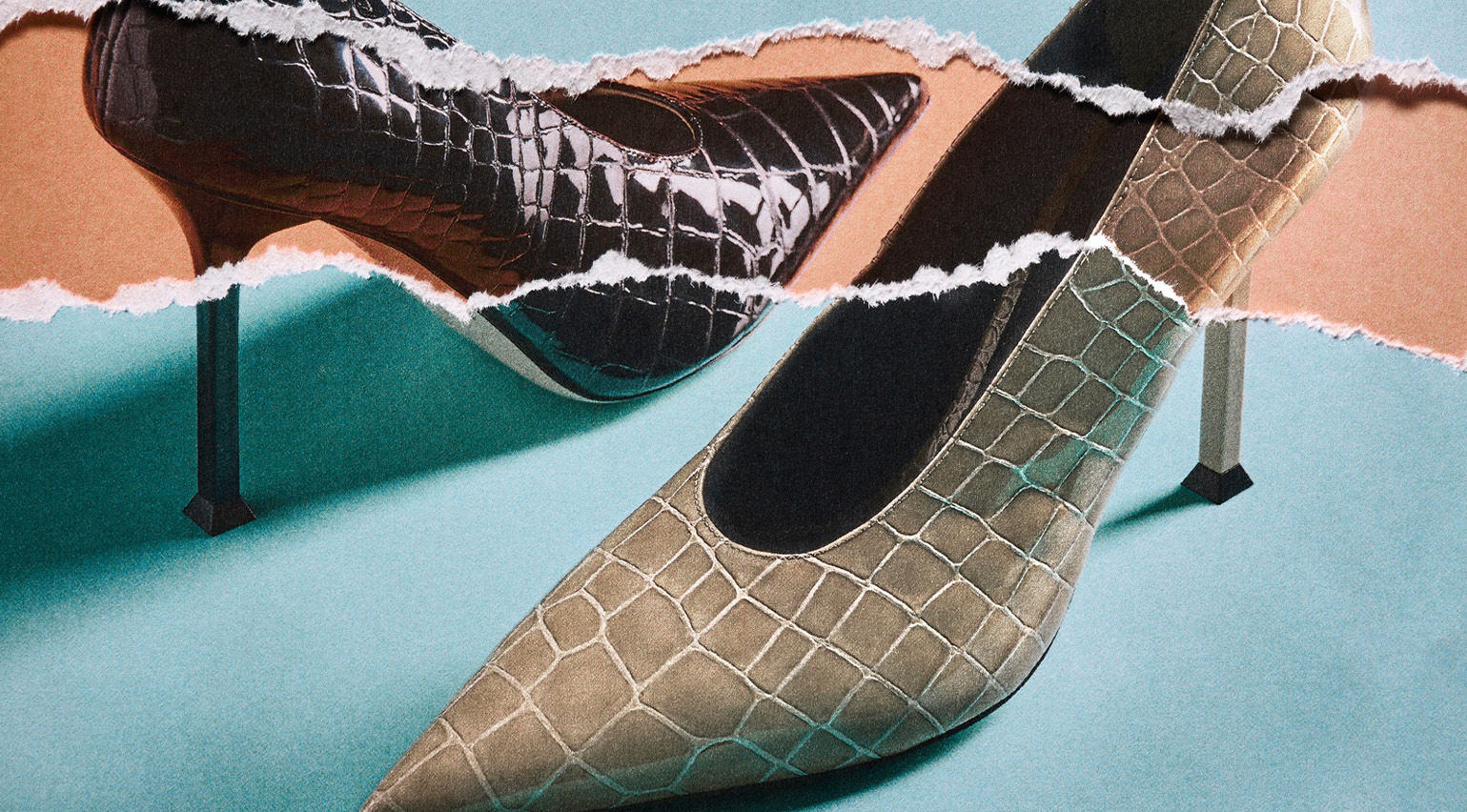 Nina Christen is the designer behind fashion’s favourite – and most playful – shoes
Nina Christen is the designer behind fashion’s favourite – and most playful – shoesShe’s created viral shoes for Loewe and Dior. Now, the Swiss designer is striking out with her own label, Christen
-
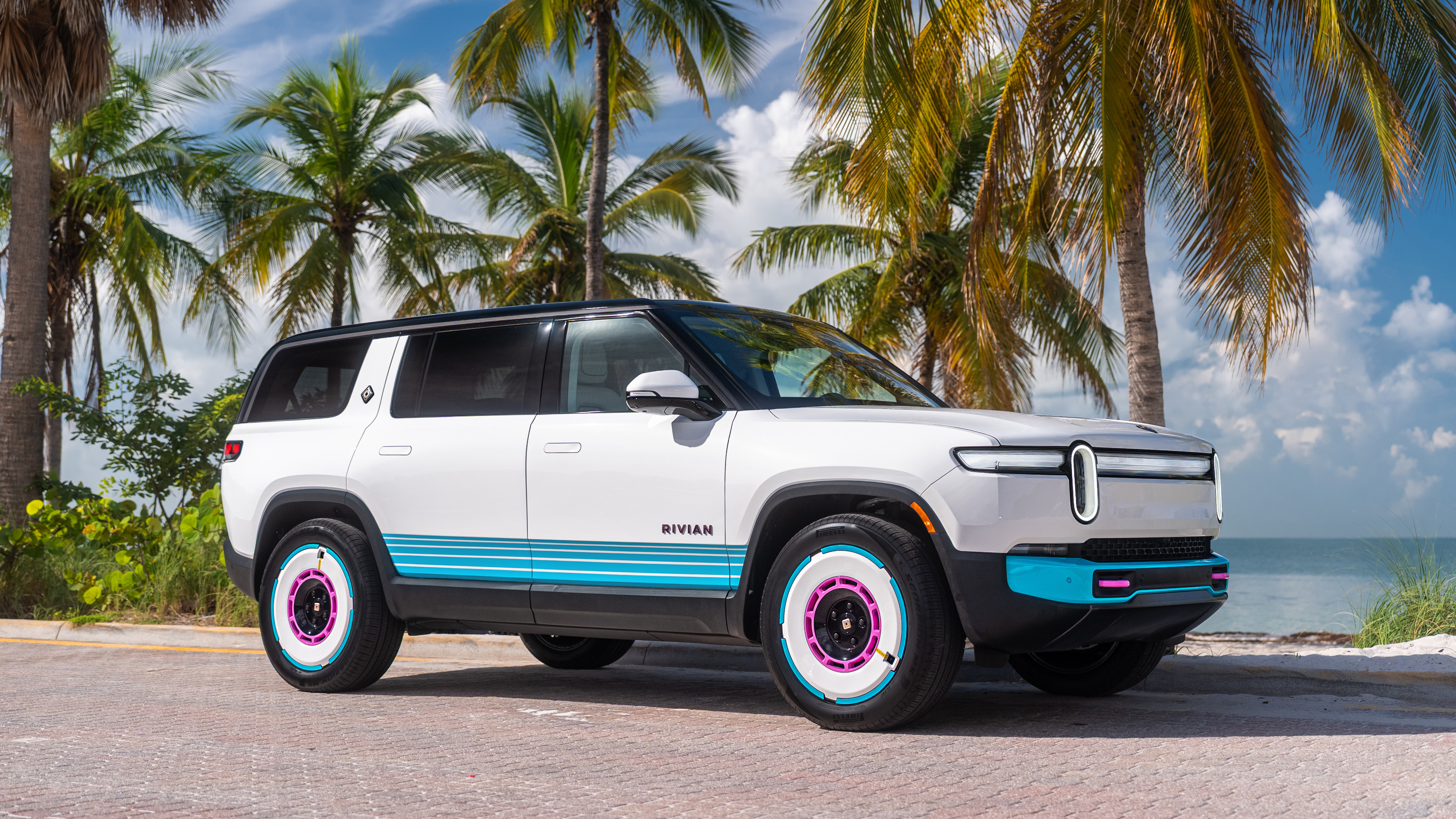 Rivian hits Miami Art Week to release R1S Quad Miami Edition, a new colour and a scent
Rivian hits Miami Art Week to release R1S Quad Miami Edition, a new colour and a scentVivid sights and evocative smells are part of Rivian’s quest to humanise its all-electric SUVs
-
 RBW EV brings a much-loved classic sports car aesthetic into the modern era
RBW EV brings a much-loved classic sports car aesthetic into the modern eraThe RBW Roadster and GT hark back to a golden age of sports car design. Under the skin, these British-built machines feature bespoke all-electric running gear
-
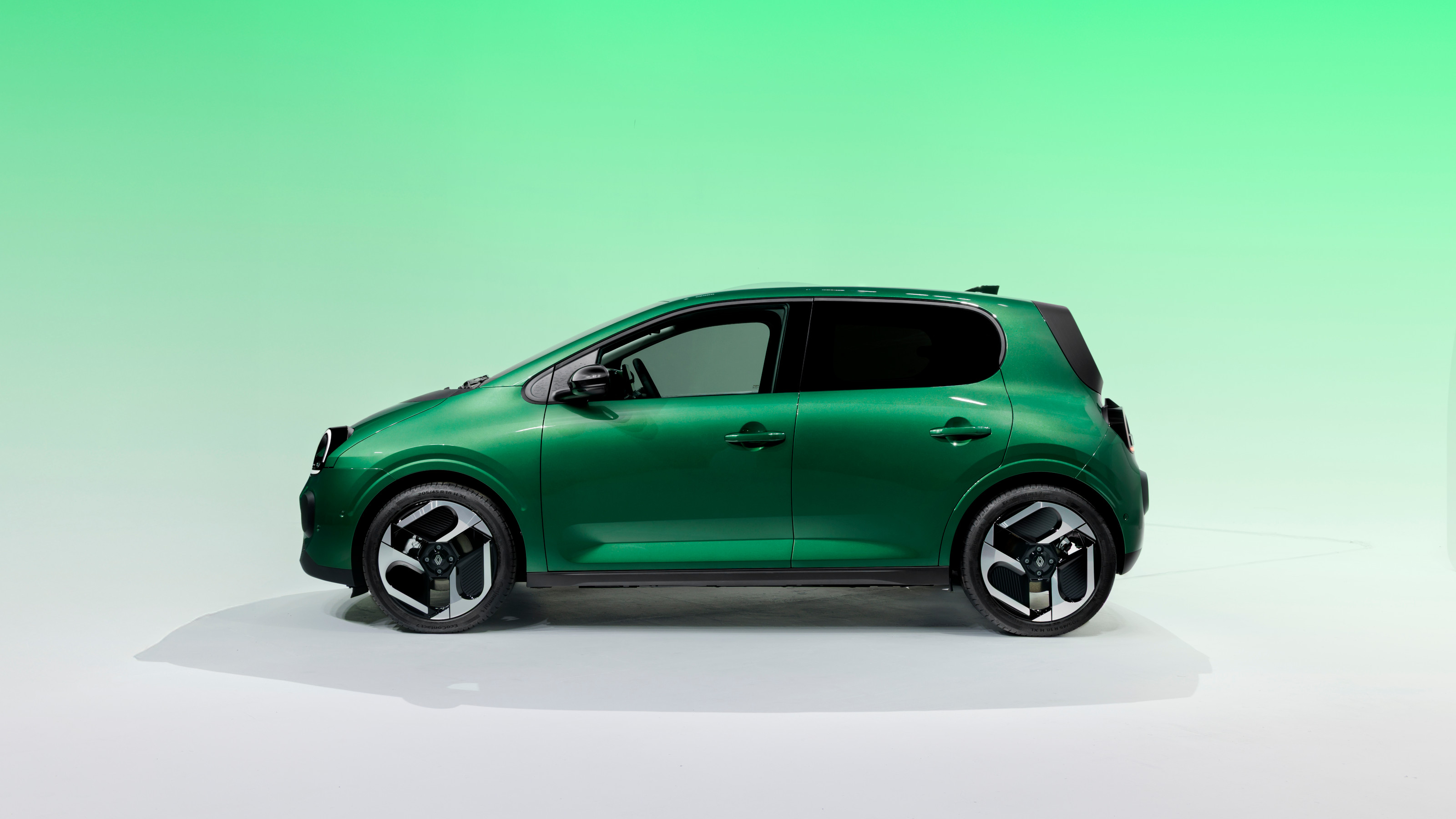 All hail the compact new Renault Twingo E-Tech – the city car is back in style
All hail the compact new Renault Twingo E-Tech – the city car is back in styleRenault continues to pay homage to its heritage by combining it with 21st-century technology. The new Twingo E-Tech is another winner
-
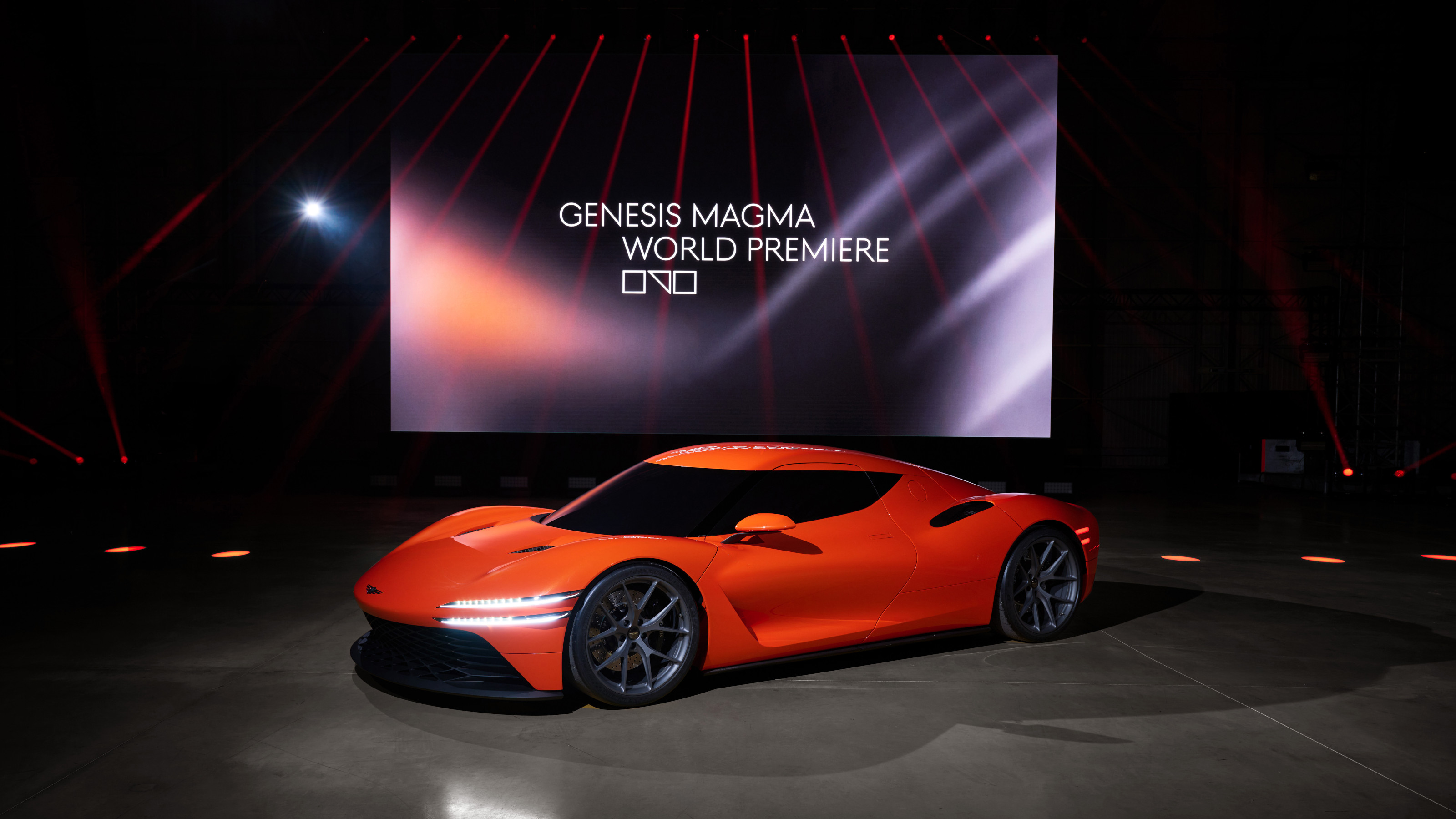 Genesis turns up the heat with its new Magma performance sub-brand
Genesis turns up the heat with its new Magma performance sub-brandGenesis has revealed the hot new GV60 Magma and striking Magma GT Concept in its quest to own luxury performance
-
 Around London in sybaritic silence with the majestic all-electric Lunaz Phantom V
Around London in sybaritic silence with the majestic all-electric Lunaz Phantom VClassic electrifier Lunaz has turned its skilled hands to the Rolls-Royce Phantom V. We sample the ultimate in zero-emission luxury on the streets of London
-
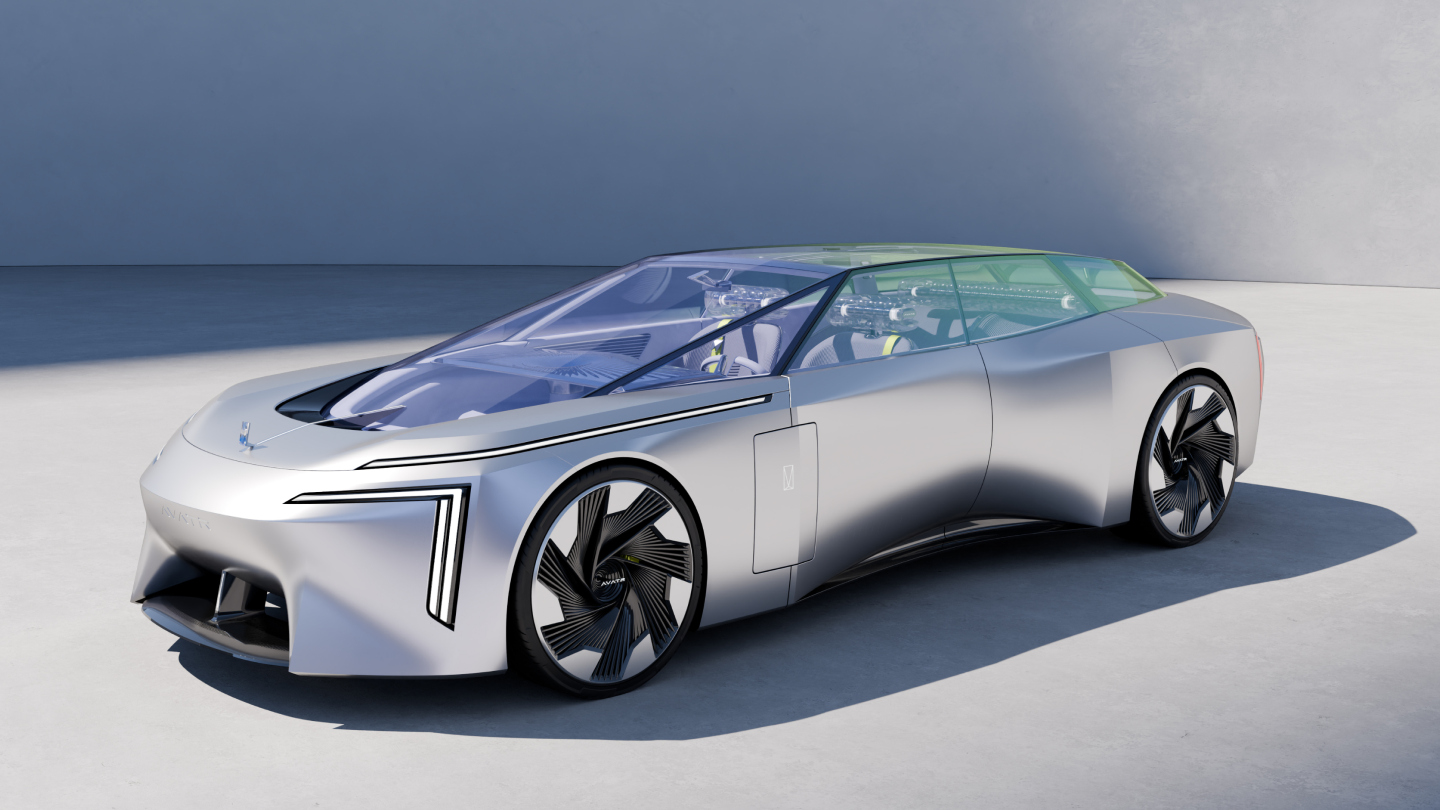 Avatr Vision Xpectra concept transforms cars into ‘emotionally intelligent companions’
Avatr Vision Xpectra concept transforms cars into ‘emotionally intelligent companions’Revealed in Munich, electric car maker Avatr’s futuristic Vision Xpectra is a car that is not only beautiful, but a true form of ‘emotive luxury’
-
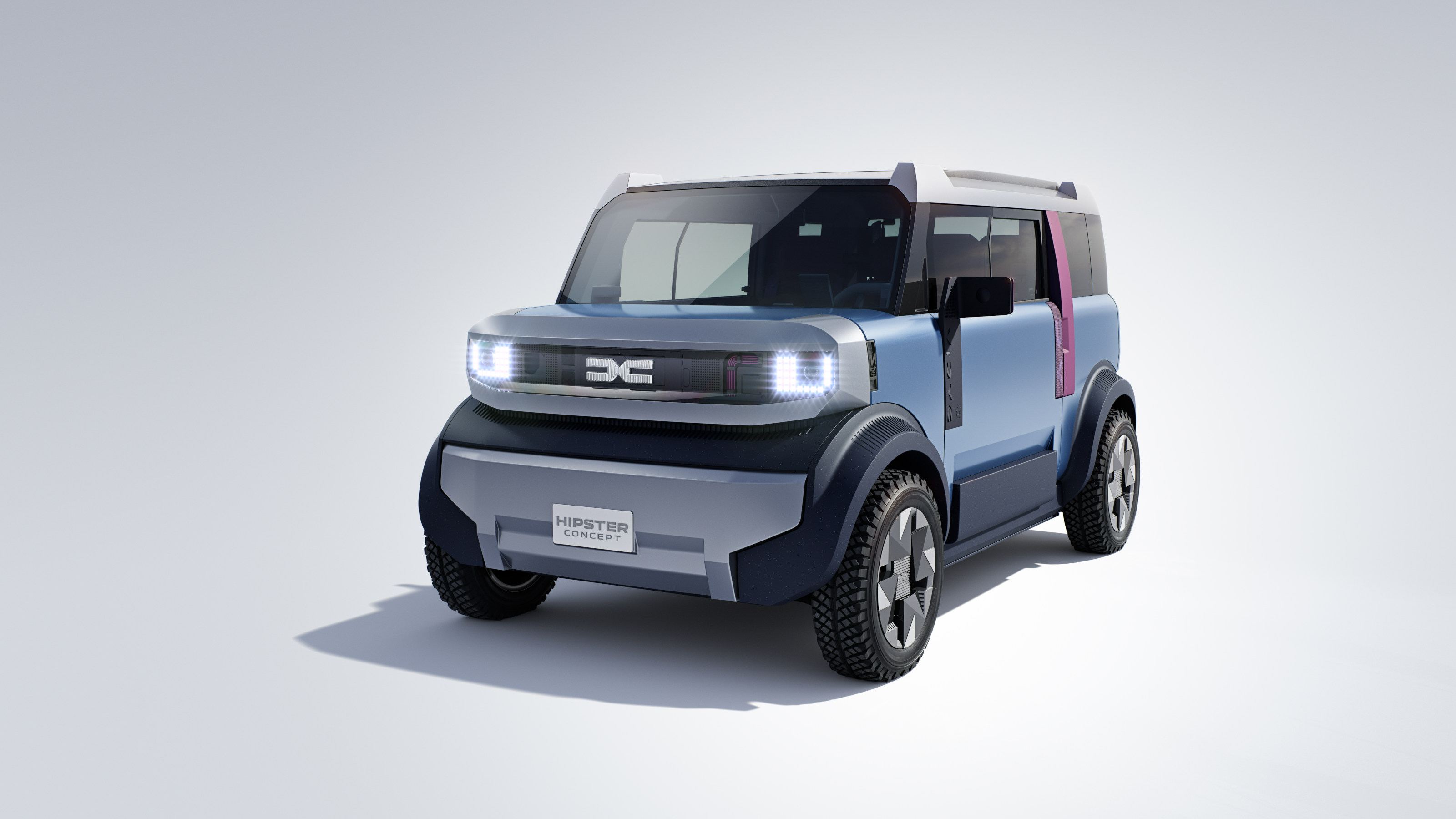 Dacia wants to make small cars great again – all hail the new Hipster Concept
Dacia wants to make small cars great again – all hail the new Hipster ConceptThe best way to minimise energy use in all its forms is to downsize. The Dacia Hipster Concept is a smart way of making a practical car way more pint-sized
-
 The Vanderhall Brawley GTS is a compact but mighty electric off-roader
The Vanderhall Brawley GTS is a compact but mighty electric off-roaderDeliveries of Vanderhall’s Brawley GTS have started, bringing zero-emission trail driving to enthusiasts across America